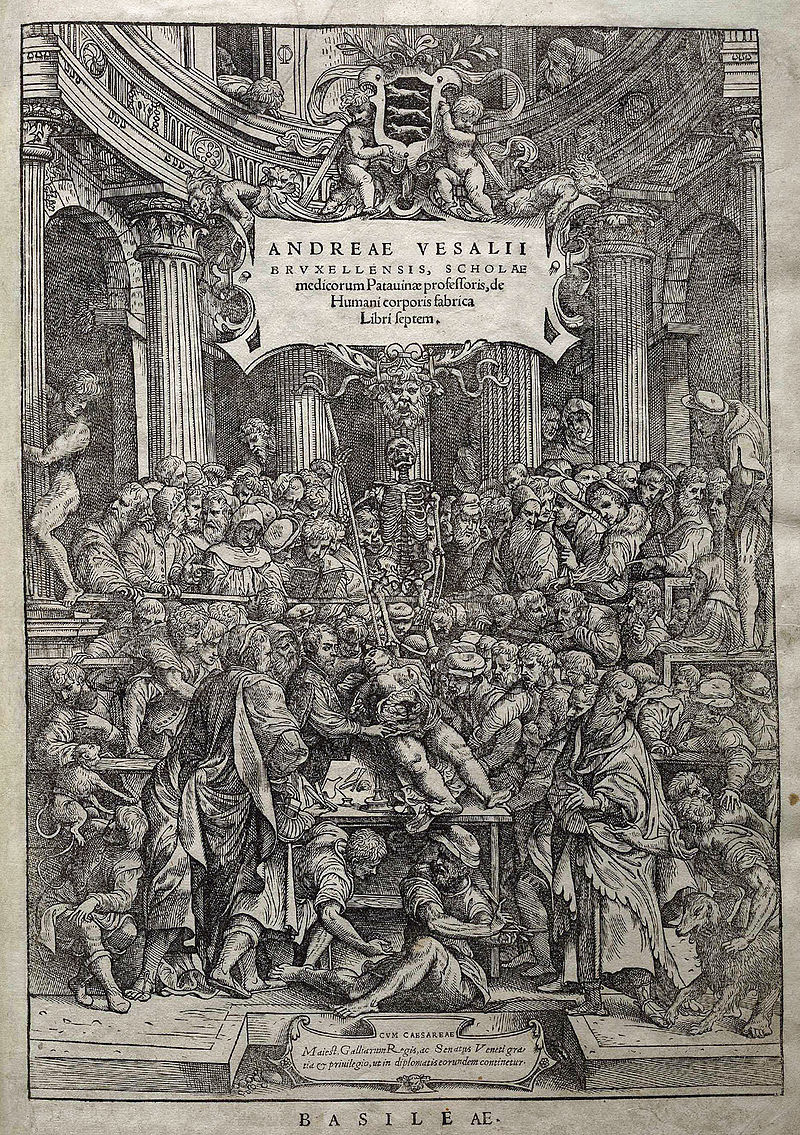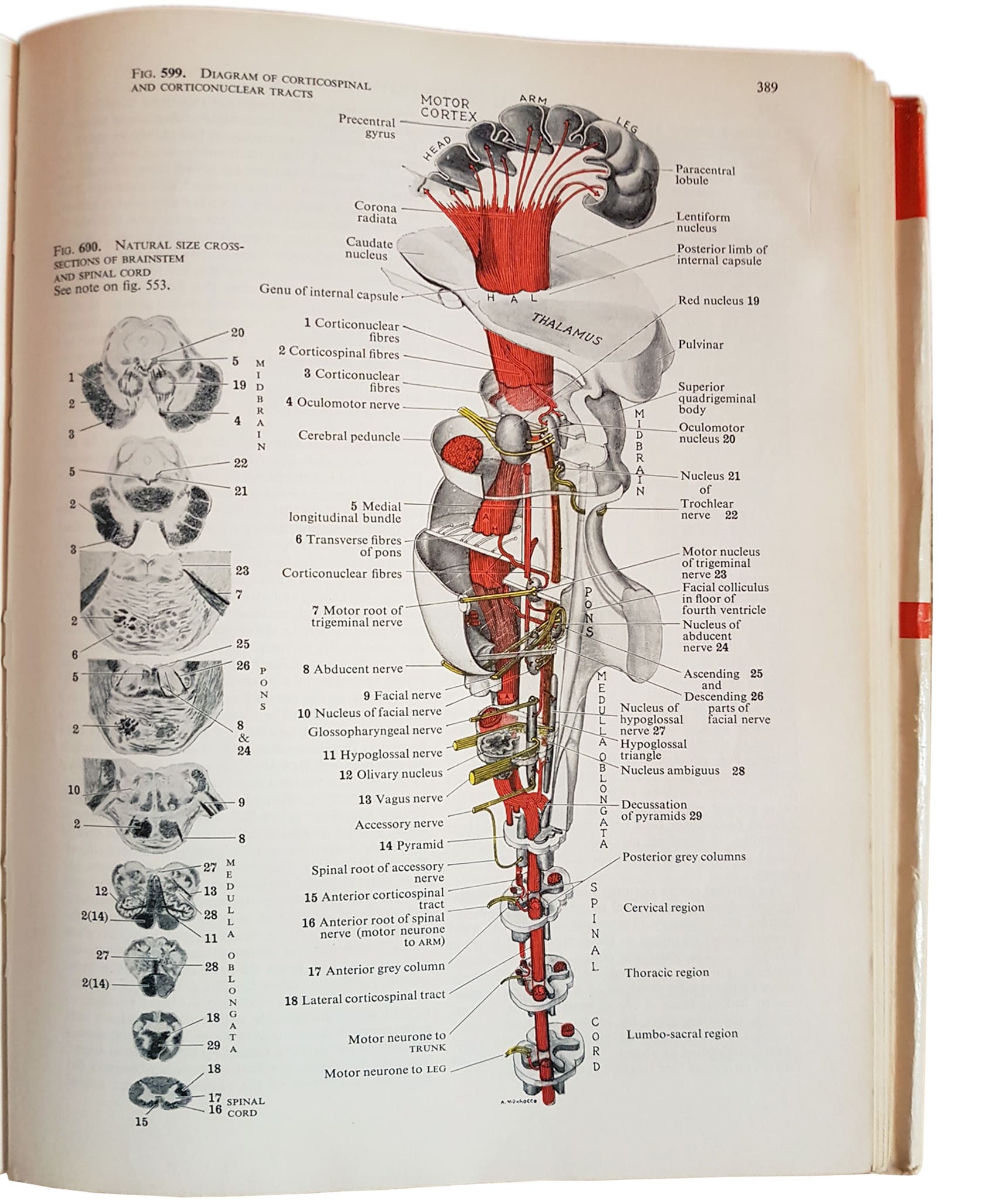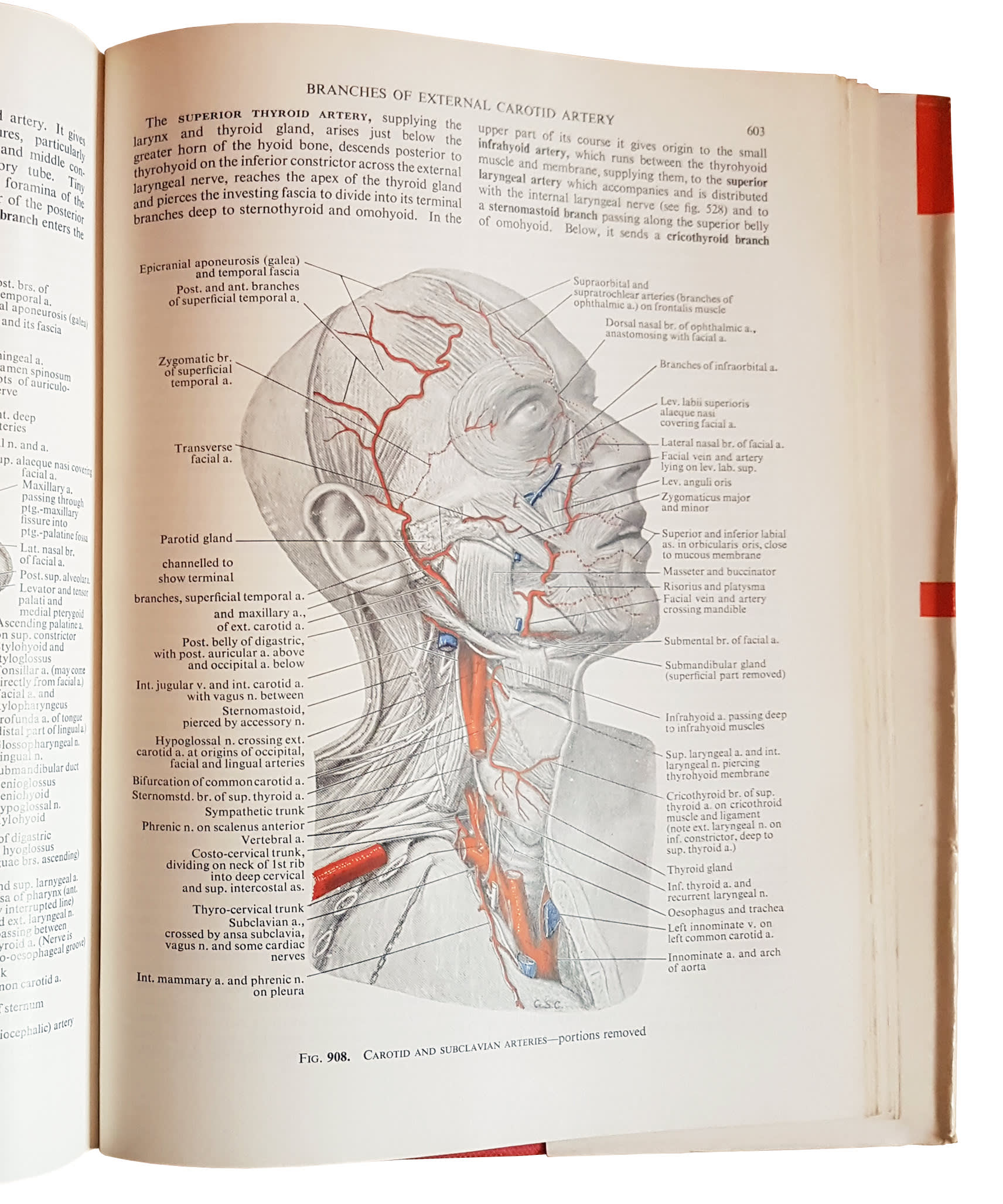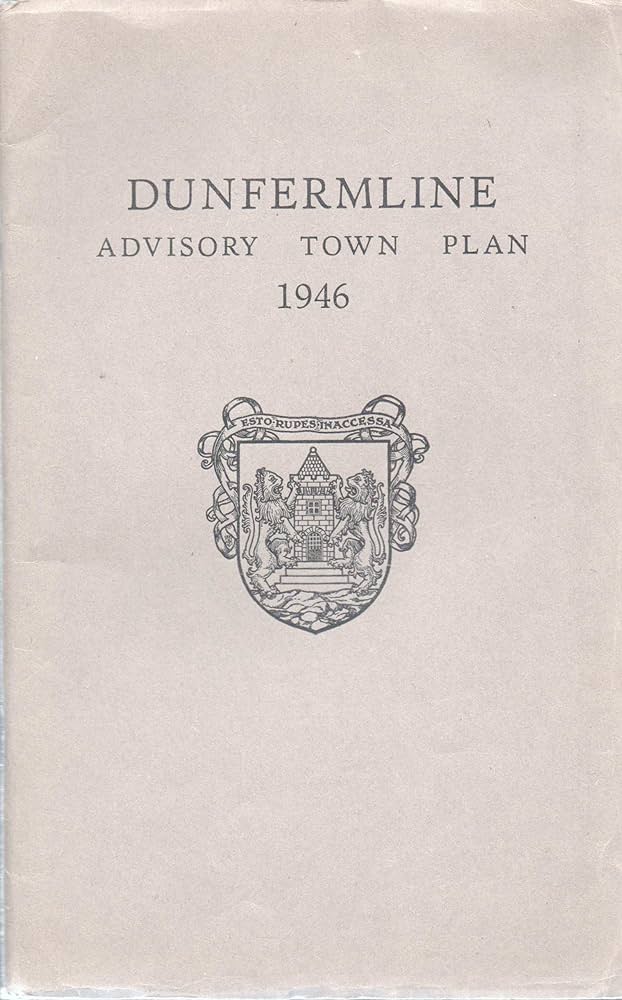
To celebrate World Book Day on Thursday 7 March, we’re sharing some information on recent additions to the RSA Library.
Our reference library was created for the use of our Elected Members and students during the 19th and early 20th century. This was an important resource back when we provided direct teaching through our Life and Painting Schools. In the early days, the library contained printed volumes and copy prints after the Old Masters. Before photography and the internet were around, such prints played a critical role in facilitating the spread of images - particularly as travel opportunities to see the original artworks were limited.
Moving forward to 2024, our library continues to grow and develop, and is recognised with the same level of care, documentation and development as our Art Collections and Archives. A recent major gift has enhanced our library, and included two publications which we feature here.
Possibly the earliest and single most important volume we hold is a complete first edition of the celebrated early anatomical textbook, De Humani Corporis Fabrica Libri Septem (Seven Books on the Structure of the Human Body). Written by the Belgian Andreas Vesalius (1514-64) at the age of just 28, the book transformed the study of the human body, and Vesalius is now hailed as the father of modern human anatomy.

Page from De Humani Corporis Fabrica Libri Septem
Until the publication of De Humani Corporis Fabrica Libri Septem, surgeons and physicians had been guided by the writings of the ancient Greek physicists Hippocrates and Galen. Vesalius was unusual in that he decided to undertake dissections of human cadavers by himself and record what he observed. In doing so, he was able to disprove much of what had previously been taken as gospel, as previous dissections carried out by the likes of Galen had been conducted on animal carcasses.
This year, we’ve added a more modern publication to the library to complement De Humani Corporis Fabrica Libri Septem. Anatomy of the Human Body by Robert Douglas Lockhart, Gilbert Frewin Hamilton, and Forest William Fyfe, three members of staff connected to the Department of Anatomy at Aberdeen University, looks to ‘lighten the burden of students of anatomy’. In their foreword, the authors explain how this objective drove them to decrease the text and increase the number of illustrations. Whilst a few of these are (rather grainy) black and white photographs, the majority were specially drawn and painted for this volume.

Anatomy of the Human Body
Anatomy of the Human Body was first published in 1959, and two artists who created illustrations for the book would go on to become Academicians. Alberto Morrocco RSA and Gordon Cameron RSA were both are acknowledged at the beginning of the book, and many of the individual illustrations are signed by them.

Anatomy of the Human Body, illustration by Alberto Morrocco RSA.

Anatomy of the Human Body, illustration by Gordon Cameron RSA.
Moving on from the structure of the human body to the structure of our built environment, several publications from the Library Gift relate to Architecture in Scotland, including books which address the state of architecture in Scotland in the aftermath of the Second World War.
Although Scotland didn’t escape the effects of air raids - with the exception of the massive destruction as a result of the Clydebank Blitz of 13-14 March 1941 - its townscapes remained largely unaffected by the War. Despite this, the War still served as a catalyst for the creation of a new Scotland with better housing and an improved transport network. Radical plans were formulated in major cities and were implemented to varying degrees.
In 1937, Dunfermline Town Council appointed James Shearer OBE RSA (1881-1962) as Planning Consultant and commissioned an important report. Born and educated in Dunfermline, Shearer was well acquainted with the town and its history and had previously been appointed by Lady Carnegie as architect of the Dunfermline Museum Hall, associated with the Andrew Carnegie Birthplace Museum, which opened in 1928.

Dunfermline Town Plan, James Shearer OBE RSA.
Shearer acted as part-time Planning Consultant to Dunfermline Town Council from 1937 to 1948, and his report was so well received that it was put into effect in 1952 and many of his ideas and suggestions have since been implemented. His work as a town planner, then still a novel occupation, even inspired a short film directed by Kay Mander, Plan to Work on. Shearer took on several refurbishments and new builds in Dunfermline, including the town’s Art Deco Fire Station. The building was decommissioned in 2010 and now serves as a cultural hub - Fire Station Creative.
The copy of Shearer’s Report is the first item by him to be acquired by the Academy.

